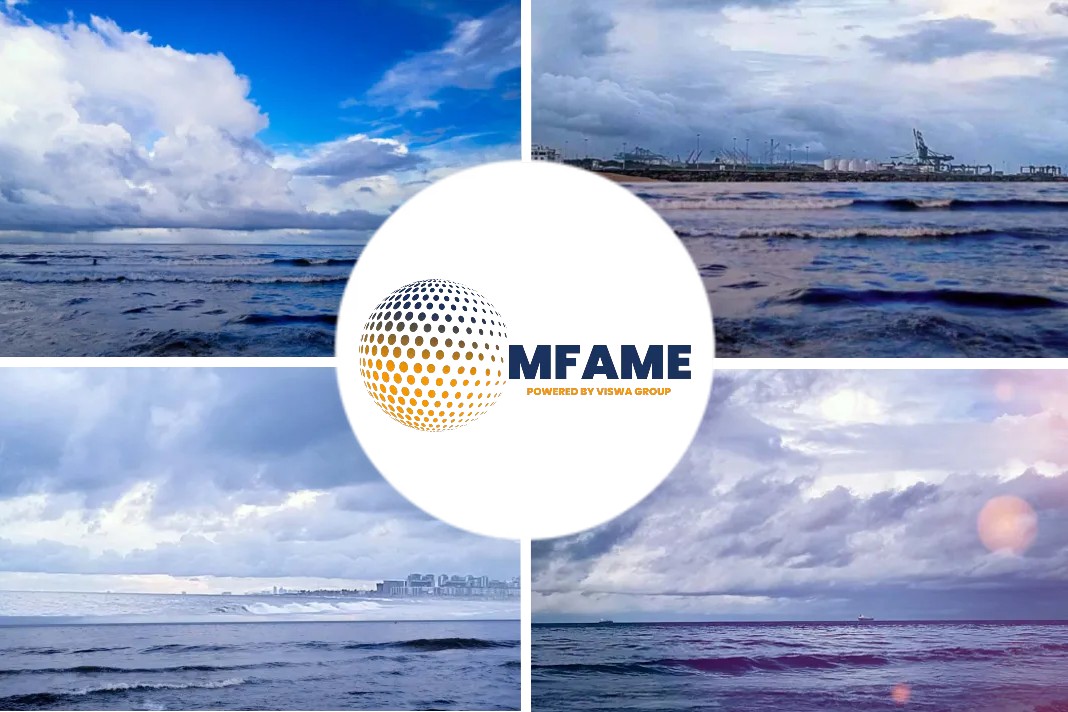
Just before the National Socialists took power at the end of 1932, the renowned physicist and Nobel Prize winner departed Germany. His trip to California on board the Hapag ship “Oakland” would turn out to be his final farewell, as reported by Maritime Professional.
Real man of the world
People look up to Albert Einstein as a real man of the world. On the one hand, Einstein travelled extensively when investigations around 1920 validated his theory of relativity and he was given the Nobel Prize in Physics. He had plenty of chances to travel thanks to professional conferences, university lectures, and social gatherings.
On the other hand, Einstein was also a citizen of the world as a matter of conviction. “I always respect the individual and have an insurmountable aversion to violence and fanaticism,” he confessed. “For all these reasons, I am a passionate pacifist and anti-militarist, rejecting all nationalism, even if it is only masquerading as patriotism.”
Einstein took multiple trips on Hapag-Lloyd ships. He loved sailing and thoroughly appreciated the time spent aboard and the calm he experienced there before he rose to fame and came to the public’s attention.
Some interesting details
Interesting details regarding what Einstein was thinking and doing during these hours on board, as well as what he was working on, reading, and doing in the ports of call, may be found in his diaries. He also detailed the spirited interactions he had with the ship captains and other crew members, describing himself as “passionately curious.”
The Nobel Prize winner also had contact with individuals in Hapag’s management.
For example, while returning from the United States on the “Deutschland” in March 1931, he wrote a letter of thanks to the executive board of the shipping company in which he praised how the steamer was run and furnished, saying: “The food can only be described as enticing – too good for a modest person.”
Deutschland
His wife Elsa, who accompanied him, underlined this to the head of Hapag’s New York branch, writing: “We have been wonderfully satisfied in every respect on the ‘Deutschland’. The food here has been a delight. I don’t ever recall enjoying this kind of cooking in a hotel or on a ship. If we can somehow arrange it, we will only travel on Hapag ships from now on. They are the most perfected thing there is in this field.”
Soon after, Einstein took a transatlantic flight from Berlin to Oxford, England, via Hamburg. He even had face-to-face meetings with Wilhelm Cuno, the Chairman of the Executive Board, and banker and Hapag Supervisory Board Member Max Warburg while he was there. Then it was off to Southampton in the “wonderful cabin” of the “Albert Ballin”, a Hapag steamer. “It’s a pity that this glorious time will be so short,” Einstein noted with regret in his diary.
When he travelled to Los Angeles on the Hapag “Portland” at the end of 1931, he had additional time on board once more. A research institution in Pasadena had extended an invitation to Einstein, a member of the Prussian Academy of Sciences and the director of the Kaiser Wilhelm Institute for Physics in Berlin, to serve as a visiting lecturer for a number of months.
The political and social climates back in Germany were deteriorating at this time. Einstein had already considered a renunciation of his German citizenship due to the heightened persecution he was experiencing as a result of his outspoken pacifism and for being a Jew.
Oakland
On board the “Portland”, his thoughts also centred on the future. On 6 December 1931, he recorded in his diary: “Today, I decided to basically give up my job in Berlin. So I’ll be a migratory bird for the rest of my life! Seagulls are still accompanying the ship while constantly in flight. They will reportedly stay with us all the way to the Azores. These are my new colleagues.” The degree of alienation that this citizen of the world felt from the country of his birth was now very advanced.
The Einsteins moved to California for another research residency a year later. They boarded the Hapag motor ship “Oakland” at Bremen on December 10, 1932—exactly 90 years ago today—and arrived at the Port of Los Angeles in early 1933.
Shortly before leaving, when locking up his small summer villa near Berlin, Einstein reportedly expressed a dark promotion to Elsa, saying: “Take a very good look at it … You will never see it again.” And that turned out to be true.
On January 30, 1933, Adolf Hitler was named Reich Chancellor. On January 30, 1933, Einstein resigned from the Prussian Academy of Sciences and made it known that he had no plans to return there given the situation in Germany at the time.
He continued to steer clear of ships flying the German flag after that in accordance with this sentiment. The Einsteins travelled to Belgium in April on a Red Star Line vessel, where the physicist surrendered his passport to the German Embassy. The couple never went back to Germany after establishing in the United States because they saw their trip on the “Oakland” as a journey without a return.
Did you subscribe to our newsletter?
It’s free! Click here to subscribe!
Source: Maritime Professionals

















